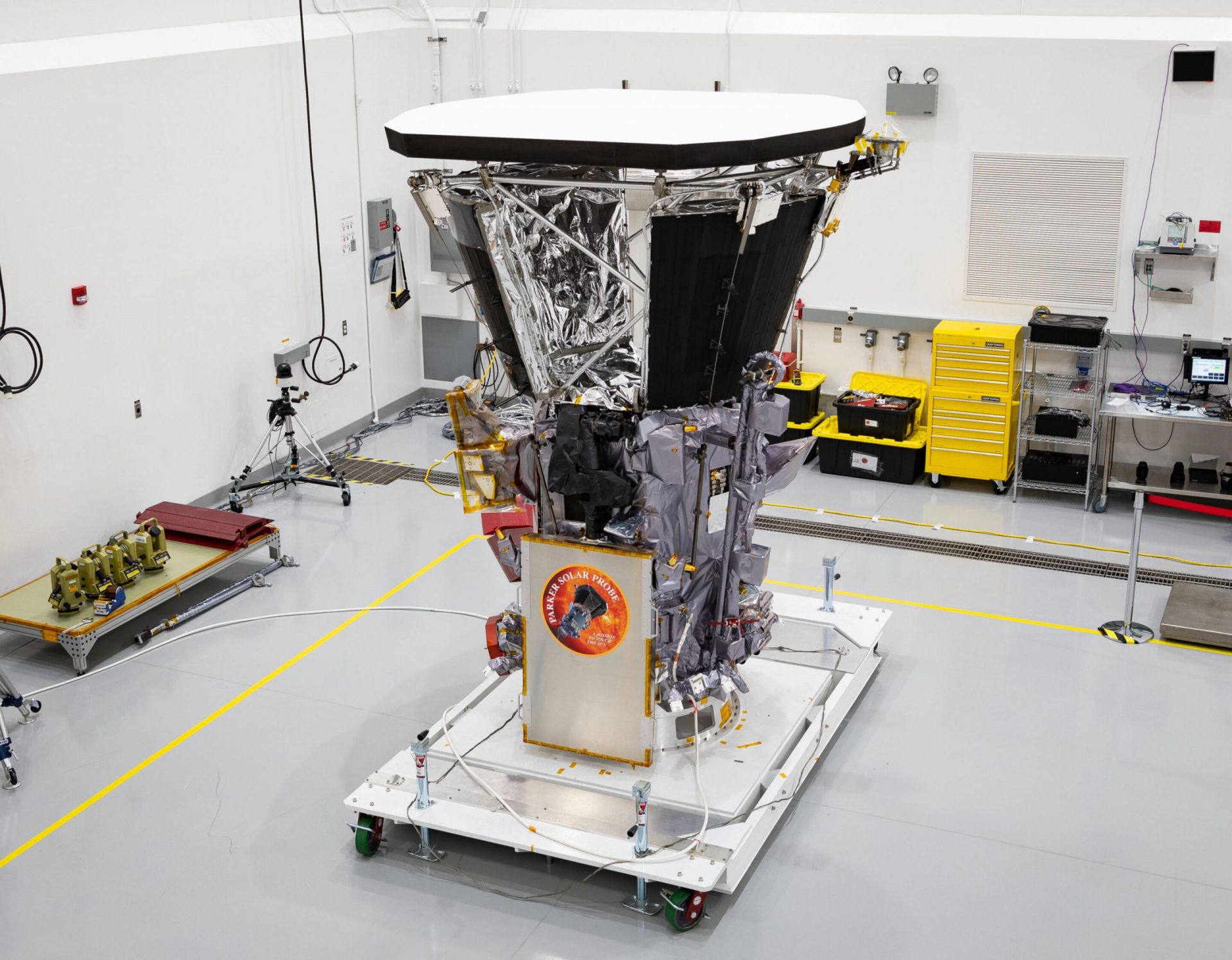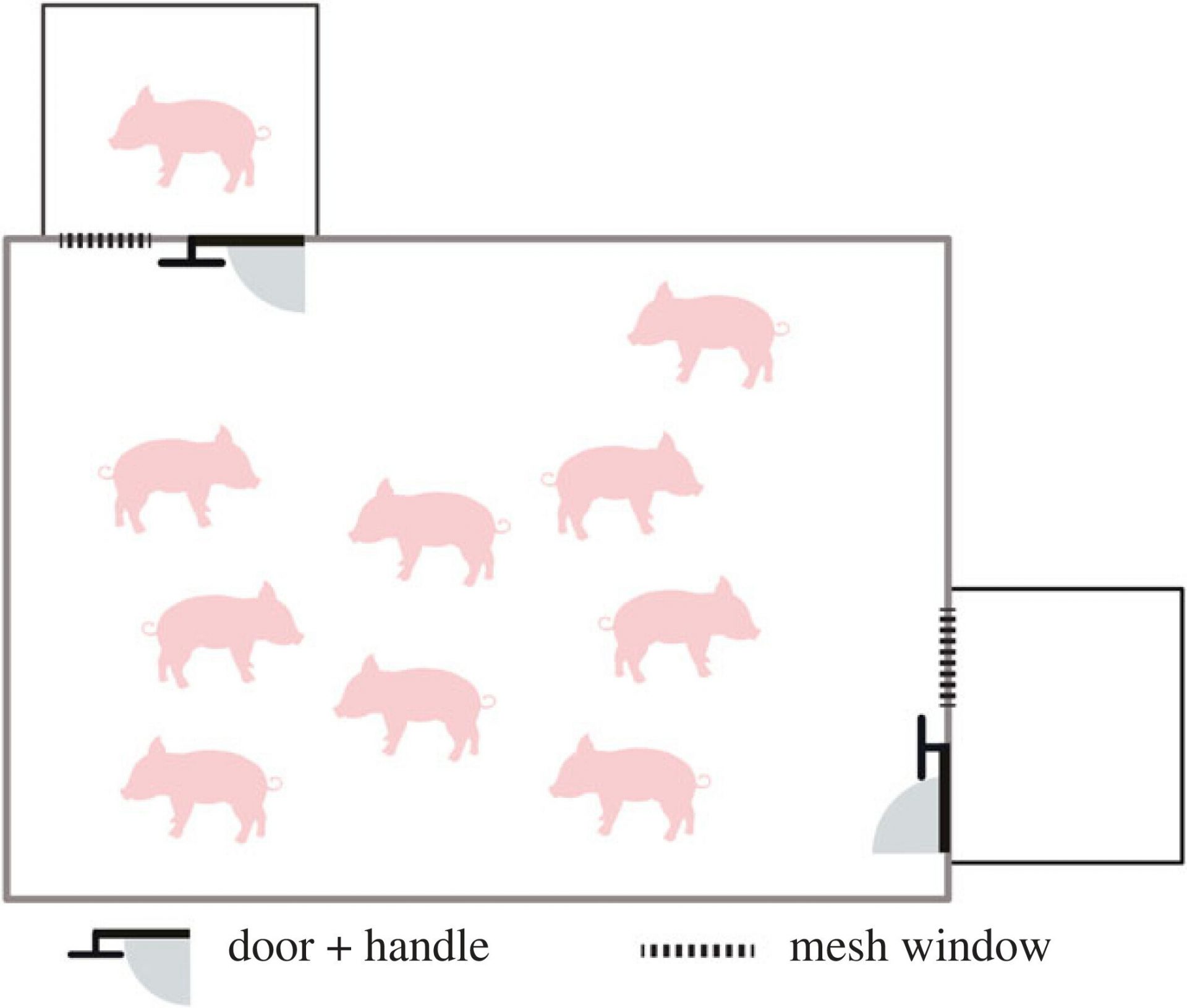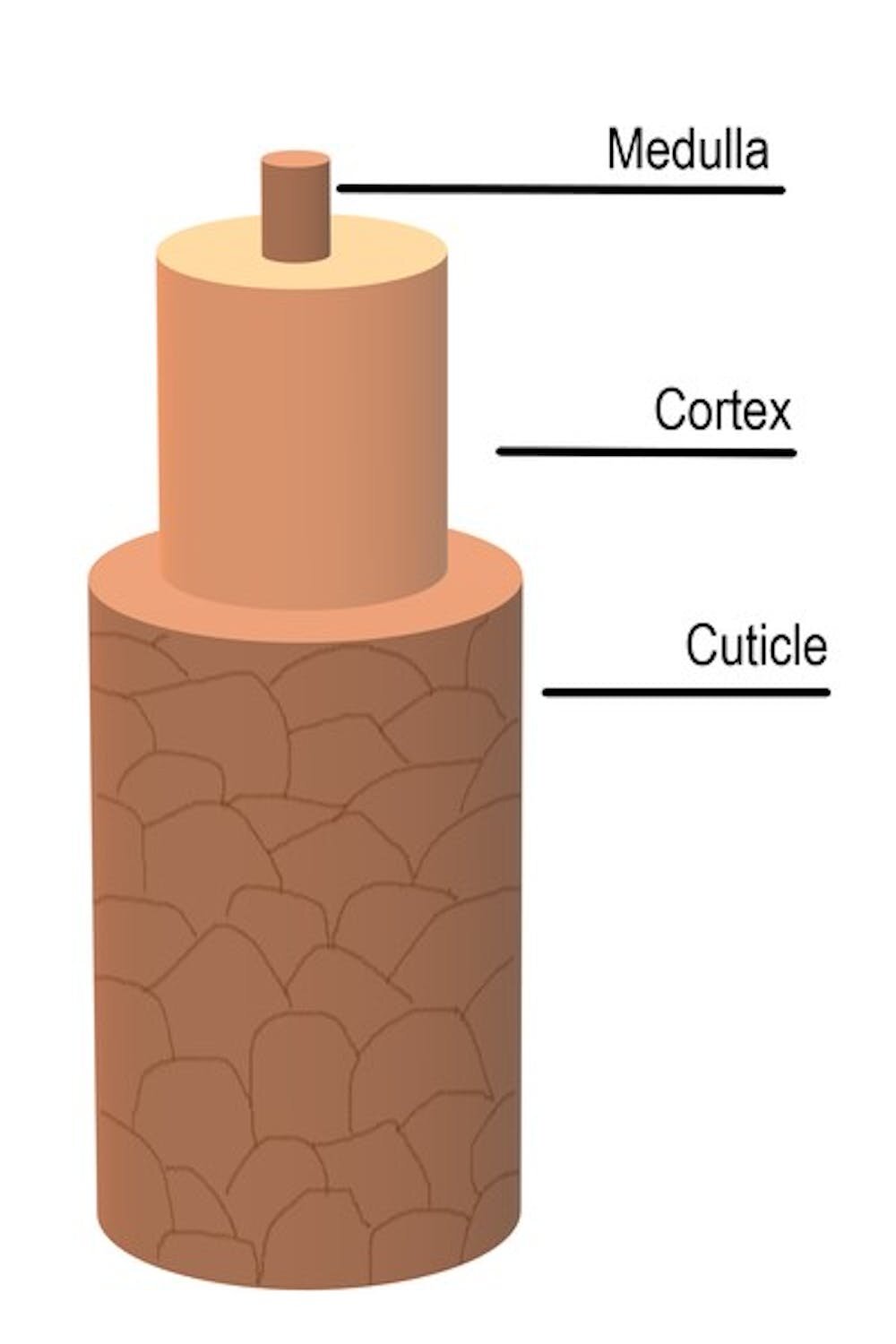Five years ago this week, on Aug. 12, 2018, something extraordinary happened. NASA’s Parker Solar Probe embarked on a groundbreaking mission to unravel the mysteries of the solar wind. It was a momentous occasion that marked the culmination of years of development and innovation, resulting in a spacecraft unlike any other that could withstand the intense heat and radiation near the sun.
Back in 1962, the concept of a “solar probe” began to take shape. However, the technology needed to make this ambitious mission a reality was not yet available. It wasn’t until the 1970s that material advancements paved the way for NASA to consider a close flyby of the sun’s upper atmosphere and the solar wind. Over the years, NASA’s Jet Propulsion Laboratory and the Johns Hopkins Applied Physics Laboratory worked tirelessly to develop the necessary concepts and technologies.
In 2007, APL was tasked with creating a spacecraft that could venture close to the sun. Through groundbreaking thermal-protection technologies and clever mission design, the Parker Solar Probe mission was born. And now, as it celebrates its first five years, it continues to push the boundaries of exploration.
“The core of the mission has always been a close encounter with the sun,” said Jim Kinnison, Parker Solar Probe mission systems engineer at APL. “It took significant technology development, innovative mission design, and a risk-reducing engineering plan—and now, the Parker team is fulfilling an exploration vision laid out at the dawn of the Space Age.”
After five years of venturing through the scorching and dusty regions of the inner solar system, Parker Solar Probe is not just surviving, it’s thriving. It has exceeded scientists’ expectations by returning more than double the amount of data, leading to crucial discoveries about the solar wind. With its 16th science orbit completed and more to come, Parker Solar Probe is set to zoom past Venus for a gravity assist on Aug. 21. This maneuver will tighten its orbit around the sun and enable measurements of the Venusian surface and atmosphere.
Thanks to this gravity assist, on Sept. 27, Parker Solar Probe will reach a staggering speed of 394,742 miles per hour as it comes within 4.5 million miles of the sun’s surface, breaking its own speed and distance records. Ultimately, in December 2024, it will dip to within just 3.8 million miles from the sun, hurtling by at 430,000 miles per hour.
“We are in a golden era of heliophysics exploration,” said Nour Raouafi, Parker Solar Probe project scientist at APL. “In just five years, Parker Solar Probe has revolutionized our understanding of the sun and its impact on life on Earth. As we venture closer to the solar surface, we will gain invaluable insights into the sun itself and enhance our knowledge of space weather, ultimately benefiting our ability to live and work in space.”








